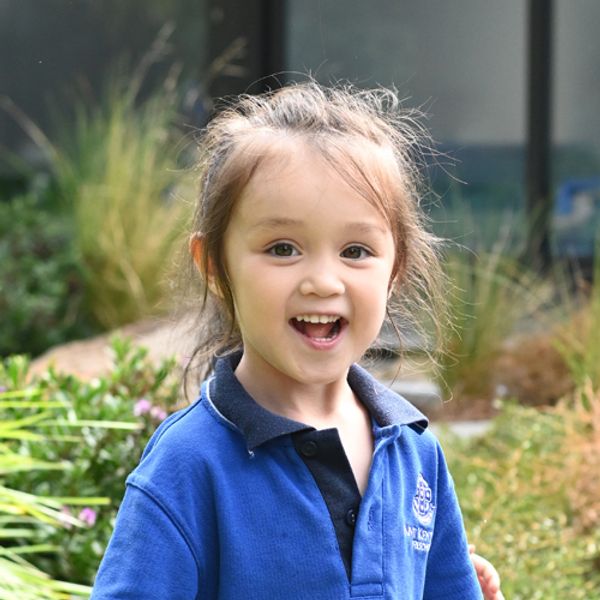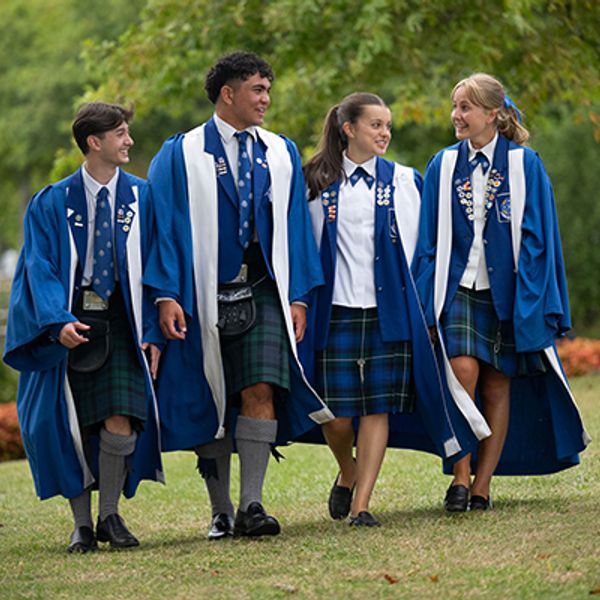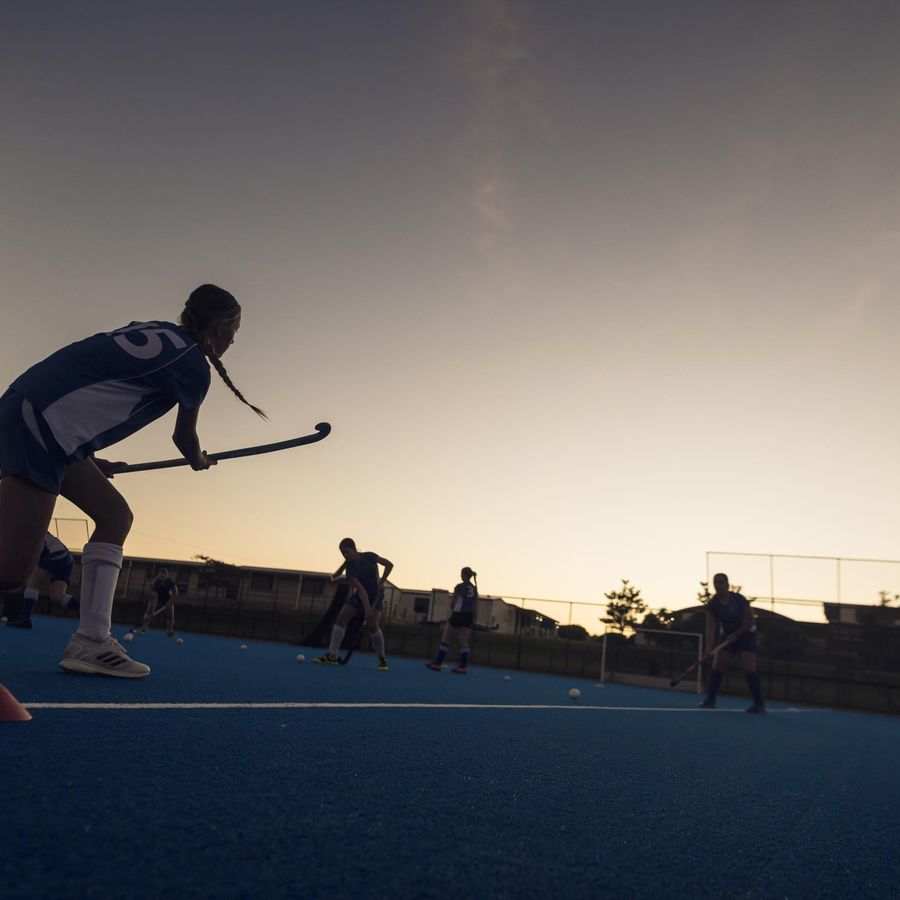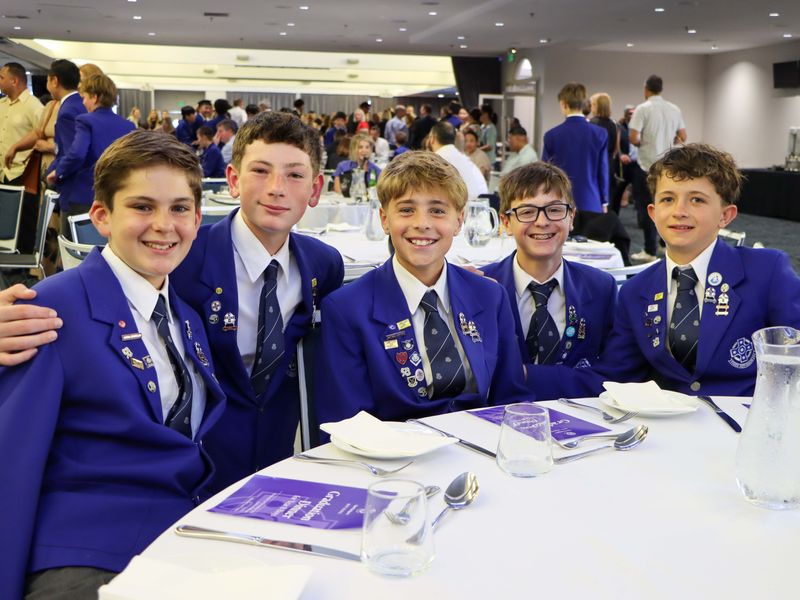
Boys' School Test the Water
Boys' School Test the Water
May 22, 2014 at 8:01 AM
‘We’ve got a toe biter!’ … which was way more exciting than only finding rat-tailed maggots, bloodworms or caddis flies – all water bugs and indicators of the good health of a waterway!
Following on from their Term 1 studies into water - its physical states, behaviours and the particle theory underpinning these, the boys welcomed Sally Smith, Education Co-ordinator at Watercare to their classroom. Sally is a regular visitor to the Saint Kentigern campuses and brings with her a wealth of knowledge about the health of our waterways around Auckland.
In the build up to her first visit, the boys had been investigating the chemical composition of water, and its function as a habitat for macro-invertebrates. In laboratory based studies, they learnt how to test the turbidity, pH, nitrate content and dissolved oxygen levels in freshwater in preparation for their field trip. They also studied the physical appearance of macro-invertebrates to assist with the identification of these once out by the stream.
We’re thankful to 25 of our Year 7 parents who took the time to walk all 107 boys in groups to test the water quality of the local Waiata Stream that feeds down into Hobson Bay. The students undertook their tests for turbidity, pH and nitrates but it was classifying the bugs that most caught their imagination!
The results of the boys' investigations indicated positive water quality in the stream and they were re-assured that the recent Council work on the reserve has only served to improve the surrounding environment.
The world relies on clean water for life. It is our duty to play our part in keeping the waterways clean. The boys are certainly more aware that anything placed in a storm water drain will end up in our streams, rivers and eventually the sea.
Did you know?
There is a long history behind the development of Watercare services in Auckland dating back to the early settlers.
Prior to any attempts by our first settlers to put in place a proper sewerage scheme, the central area of Auckland was drained naturally by the Ligar Canal which ran down Queen Street to the Waitemata Harbour. Because of poor oversight of ‘nightsoil’ collection and the daily disposal of horse droppings, the condition of the canal was deplorable. Work on constructing a sewer up lower Queen Street, while commenced in 1854, made very slow progress. A piped water supply from the Domain Springs only exacerbated these conditions. As late as 1870, it was described by the NZ Herald as ‘That abomination, the Ligar Canal, is still a pestiferous ditch, the receptacle of every imaginable filth, bubbling in the noonday sun.’
The Ligar Canal was finally covered completely in 1873 and the sewer extended further up Queen Street. In 1903, with growing intolerance with the system for ‘night soil’ collection, a Wellington civil engineer, R.L Mesteyer recommended the separation of stormwater and sewage. The council at the time was dismayed at the cost and as a result of seeking a second opinion it took until 1914 for the pipeline across to Okahu Bay in Orakei to be completed – a pipeline that can be seen from the Boys’ School – to carry sewage to holding tanks that later were used to create Kelly Tarlton’s Underwater World.
